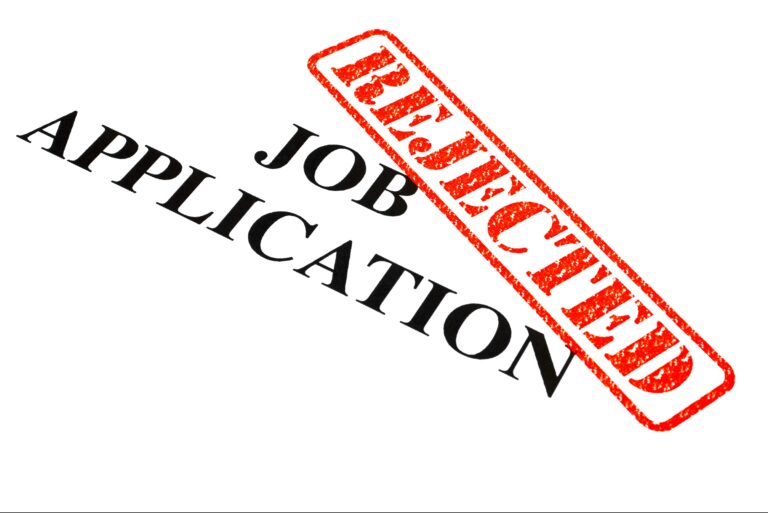A trend in consumer insights is applying behavioral economics to survey research. Behavioral economics is a method of economic analysis that applies psychological insights into human behavior to explain economic decision-making. How does this all work?
Behavioral economics can provide valuable insights for marketers by helping them to identify behaviors and adapt to customers’ irrational biases and emotional demands and needs. For instance, people may hold many goals simultaneously—be more athletic, a better worker, a better spouse or parent—but only one goal tends to be active at any moment, while the others remain latent. Which goal is active influences what kind of information consumers pay attention to, and what kinds of choices they ultimately make. Say something to a consumer when the wrong goal is active and your message will just bounce off them. Offer that same message when the right goal is active and you will have that consumer’s attention! Marketing efforts that take into account active goals or that actually activate goals are going to have much greater impact on consumers.
How does this all affect how research is conducted?
Research has been conducted for years in a very static way. Here’s a concept, take your time look at the concept and tell us all your thoughts about the concept mostly in a vacuum. Oh, we will rotate the concept and you might just see one concept. We ask questions in a standardized pretty robotic way, too. We are not hitting upon the specific goal that is running through the mind of the consumer at the time of the decision. With behavioral economics, research is asked in more of a real world state. Researchers try to make research more emotional less rational. For years researchers have tried to understand both the emotional and the rational thoughts in the mind of the consumer without putting a name to it.
Ways to improve research and make it more spontaneous or more emotional?
Essential:
Make sure to set up a clear scenario where the consumer is placed into the experience
Word questions conversationally to get reactions
Combine behavioral data with primary data to tell a full story
When Appropriate:
Provide timed exercises
Show shelf sets
Include an avatar to walk respondents through a questionnaire or make it more interactive
Use more virtual chats
Utilize trade-off analyses
Eye tracking
Of course, not all decisions are spontaneous and work this way. Many decisions are very rational and take time to determine. For instance, healthcare. Consumers need time to think and rethink their healthcare decisions. So, when you are designing research, part of creating the methodology is to know what type of consumer decision you will be encountering and design the research accordingly. It may be totally rational, totally spontaneous or a bit of both. The marketing application of behavioral economics can mean more accurate insights and more satisfied customers when it is applied appropriately. Look beyond the norm and be innovative.


